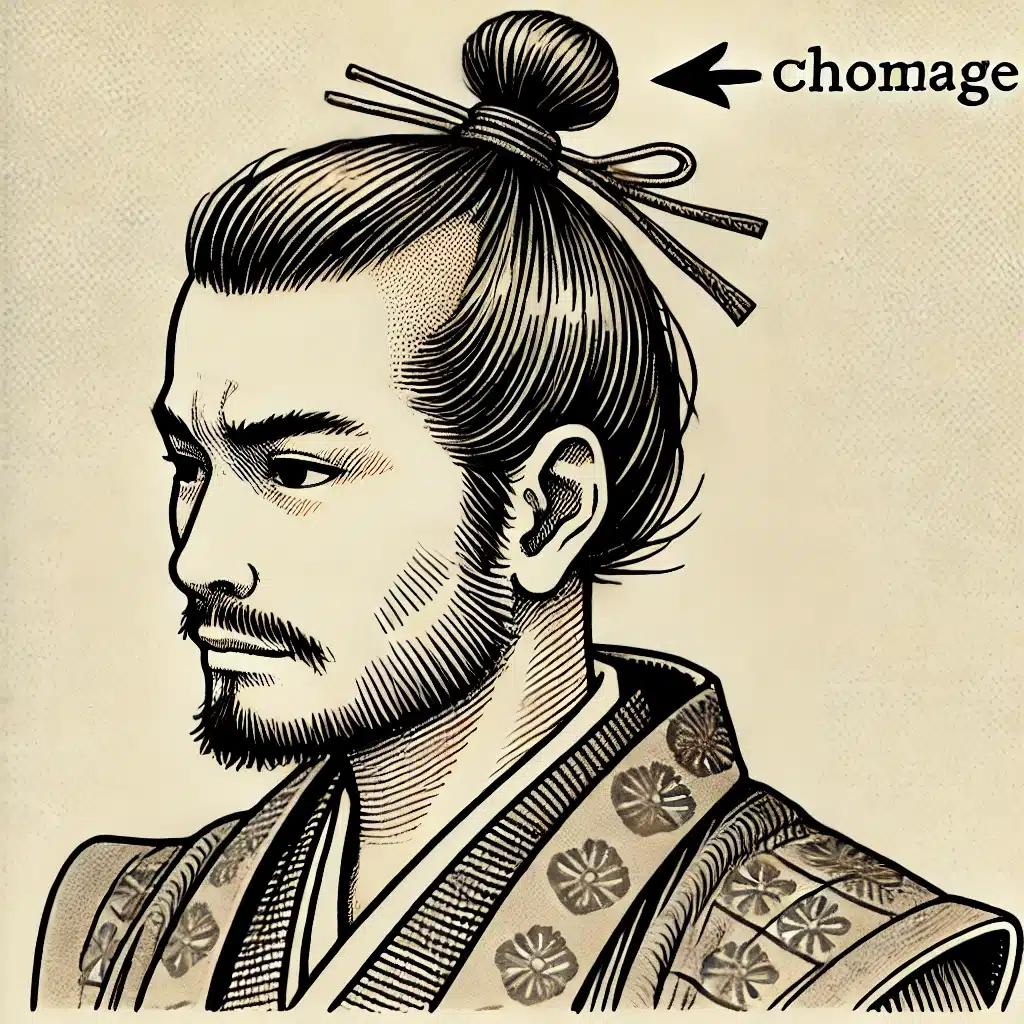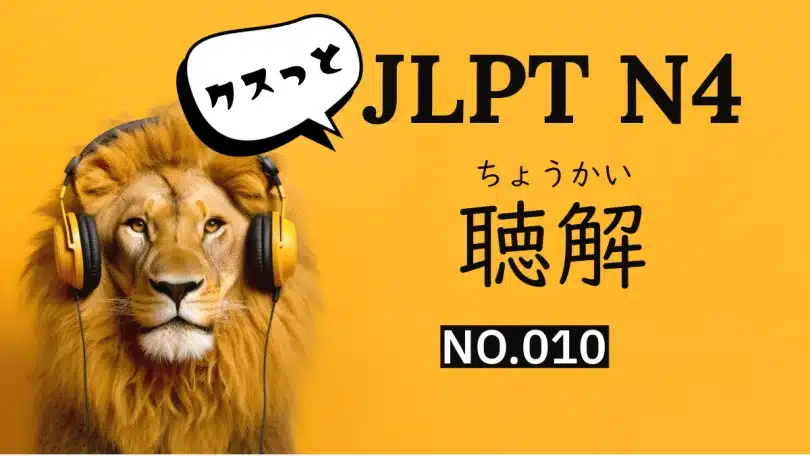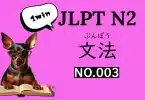Table of contents
Script
→(やじるし)の人はなんといいますか。
1から3の中から、いちばんいいものを一つえらんでください。
教室で友達のノートを見たいです。
何と言いますか。
- ノートを見せてあげる?
- ノートを見せてくれる?
- ノートを見せてもらう?
(昭和): ノートを見せてちょんまげ。
Answer
2ばん
Comment
Vてあげる: Use it when you do something for the other person.
例) 今度、浅草に連れて行ってあげる。
–Next time, I’ll take you to Asakusa.
Vてくれる: Use when someone does something for you.
例) 鈴木さんはいつも日本語を教えてくれる
–Suzuki-san always teaches me Japanese.
例) ノートを見せてくれる?
-Can I see your notes? ( When you make a request to someone in a casual way)
Vてもらう: Use when you ask someone to do something for you
※When asking someone to do something, use a potential verb.
例) ノートを見せてもらえる?
-Can I see your notes? ( When you make a request to someone in a casual way)
Showa-era Japanese:
~てちょんまげ:(,please)
A word derived from “~てちょうだい” (,please). Since the sound “ちょ(cho)” is the same, it was a humorous way to make a request by replacing it with “ちょんまげ”.

If you use it with a young person of 2025, it may irritate him or her! If you use it with Showa-born people, they will accept it as a cute gag. The key is to use it with the “sorry” pose.








